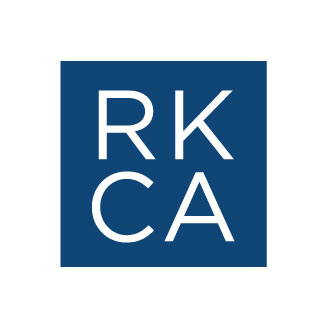In a company sale, there are a variety of ways a deal can be structured to provide consideration for existing shareholders. Cash at close, seller notes, earnouts, and equity rolls can all play a part in rewarding existing ownership for what they’ve built. Frequently misunderstood, an equity roll occurs when existing ownership “rolls” a portion of its ownership stake forward alongside a buyer, retaining an equity position in their business. This method of deal structuring defers a portion of the sale value in the form of equity in the business post-transaction. Sellers agree to receive less cash at the close of the sale in return for the opportunity to receive a higher value as the company grows. Rolling equity can have three distinct advantages for the seller:
1. Potential for a second, larger liquidity event
Rolling equity into the new company post-transaction allows existing ownership to participate in the future success of the company with the new ownership group. While rolling equity will decrease the cash at close to the seller, this potential downside is offset by the opportunity to realize substantially greater value in the future as the company grows with new ownership. The new ownership, which are typically highly sophisticated private equity investors, are solely focused on increasing company value to realize a future premium on the price paid for the company. As a result, as the company grows and increases in value, the value of the rolled equity increases as well. When the new company is sold, the rolled equity owners can experience a premium on their investment relative to the price paid in the initial sale.
2. Aligns incentives between buyer and seller
Rolled equity aligns incentives post-transaction between buyer and seller. The buyer can be confident that the seller believes strongly in growing the company and its future prospects. By leaving a substantial amount of consideration on the table, sellers who roll equity are highly incentivized to continue growing the business so they can maximize future proceeds in the next sale.
3. Can drive increased valuation
Buyers prefer to minimize risk and will pay a premium to lower it. When a deal structure includes an equity roll component, buyers are more inclined to pay a higher valuation than a 100% cash at close deal. The reasoning is simple: a rolled equity component decreases the amount of equity and debt the buyer has to put into the deal to gain a control stake, while providing comfort around existing ownership’s incentives post-deal. Buyers are comforted by existing ownership “leaving chips on the table” and investing alongside the buyer. This powerful one-two punch of risk mitigation inclines buyers to offer a premium valuation relative to other deal structures.

